The impact of ribbon slitting quality on the barcode printing effect is crucial, which is mainly reflected in the following aspects:
1. Edge flatness
• Burrs or jagged edges: Inaccurate slitting can cause uneven ribbon edges, which can cause debris due to friction during printing, contaminating the printhead or label, and causing barcodes to break and blur.
• Alignment issues: Ribbons with misaligned edges can deviate from the label position, resulting in misaligned or partially missing prints.
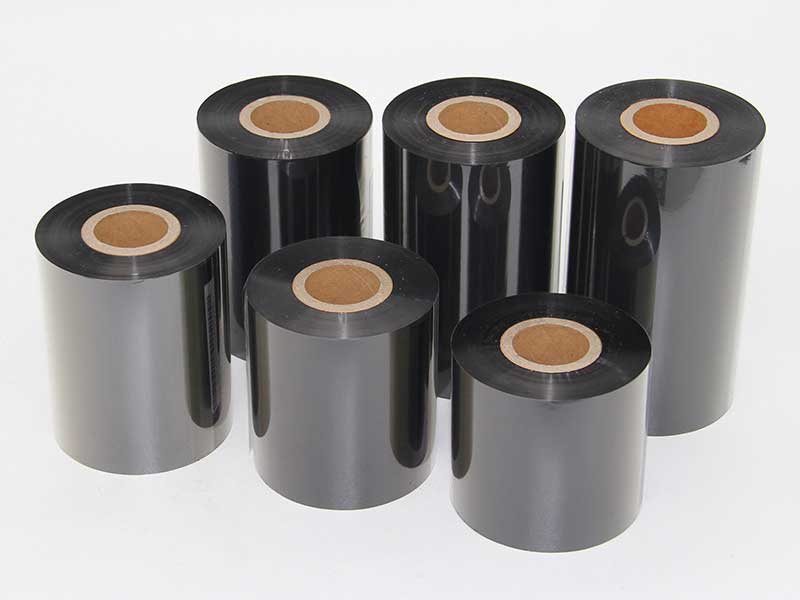
2. Tension uniformity
• Uneven slitting: If the ribbon is not in the same tension after slitting (e.g., some parts are too tight or too loose), the ribbon may wrinkle, stretch or even break during printing, resulting in uneven color, blank or deformed barcodes.
• Curl problem: Ribbons with poor slitting are easy to curl, which affects the fit with the label and reduces the efficiency of thermal transfer.
3. Coating integrity
• Edge coating damage: If the ink or resin coating of the ribbon is damaged during the slitting process, local transfer defects will occur during printing, resulting in light color, spots or blank barcodes.
• Back layer protection: Improper slitting may damage the lubrication layer of the back layer of the ribbon, increase the wear of the print head, and affect the printing clarity in the long term.
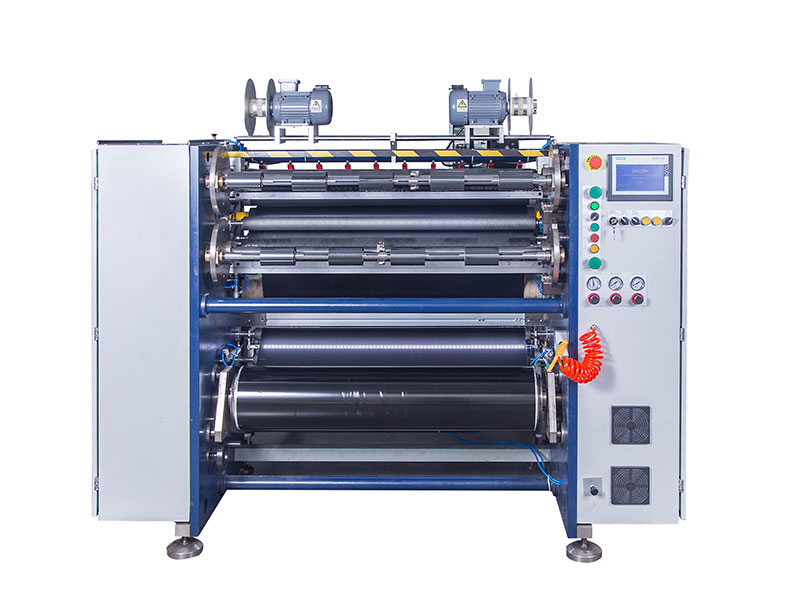
4. Width accuracy
• Width deviation: When the slitting width of the ribbon does not match the label, too wide will pollute the label edge, and too narrow will cause the barcode edge to not be covered, which will affect the scanning and reading.
• Matching: Precise slitting ensures that the ribbon is perfectly aligned with the label, avoiding spills or missing prints.
5. Printhead life
• Slitting debris: Debris from poor quality slitting may adhere to the print head, resulting in uneven local heating, and long-term accumulation can damage the print head and indirectly reduce print quality.

Examples of practical impacts
• Low-quality slitting: barcodes with choppy lines, scanning failures (due to blurry or missing).
• High-quality slitting: the edge of the barcode is sharp, the ink color is uniform, and the scanning and recognition rate is high.
summary
The quality of ribbon slitting directly determines its physical stability and coating integrity, which in turn affects the accuracy of the thermal transfer process. High-quality slitting can ensure smooth operation and uniform transfer of ribbons, which is one of the key factors to ensure the clarity and durability of barcodes. Choosing ribbons with high slitting accuracy and good edge treatment can significantly improve printing efficiency and barcode reliability.

The core criterion for judging the quality of a ribbon slitting machine is its ability to avoid slitting losses.
03. January, 2026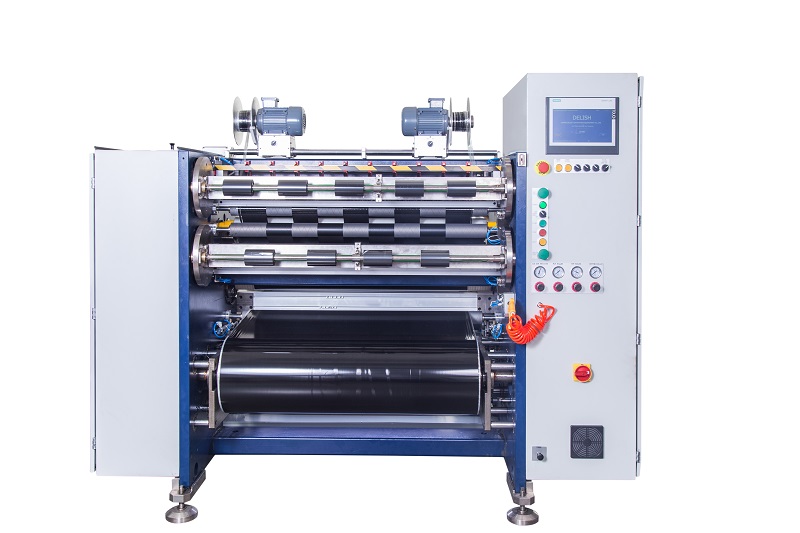
With a wide range of devices on the market, decision-makers are often caught up in the triple factor: price, brand, and performance.
03. January, 2026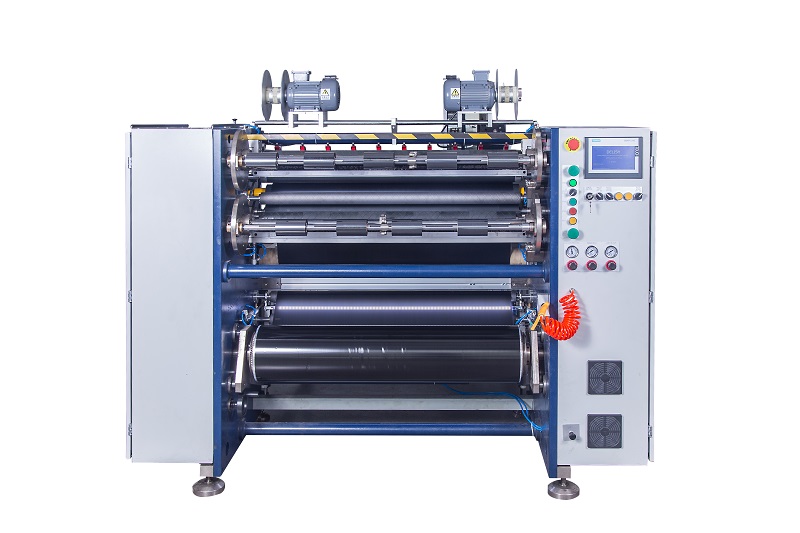
how to choose a slitting machine that truly suits your needs? Here are five key points you must know before buying.
03. January, 2026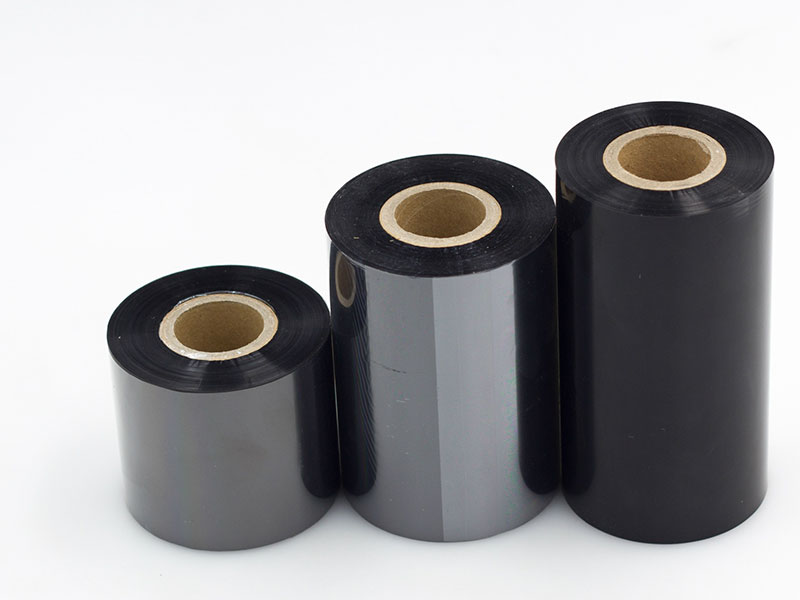
Finding the reliable way to industrial ribbon slitting machines is a comprehensive practice of precision engineering, intelligent control and system optimization.
02. January, 2026
By mastering these three forces, you will master the weapon to cut out a brilliant future in the fierce competition.
02. January, 2026